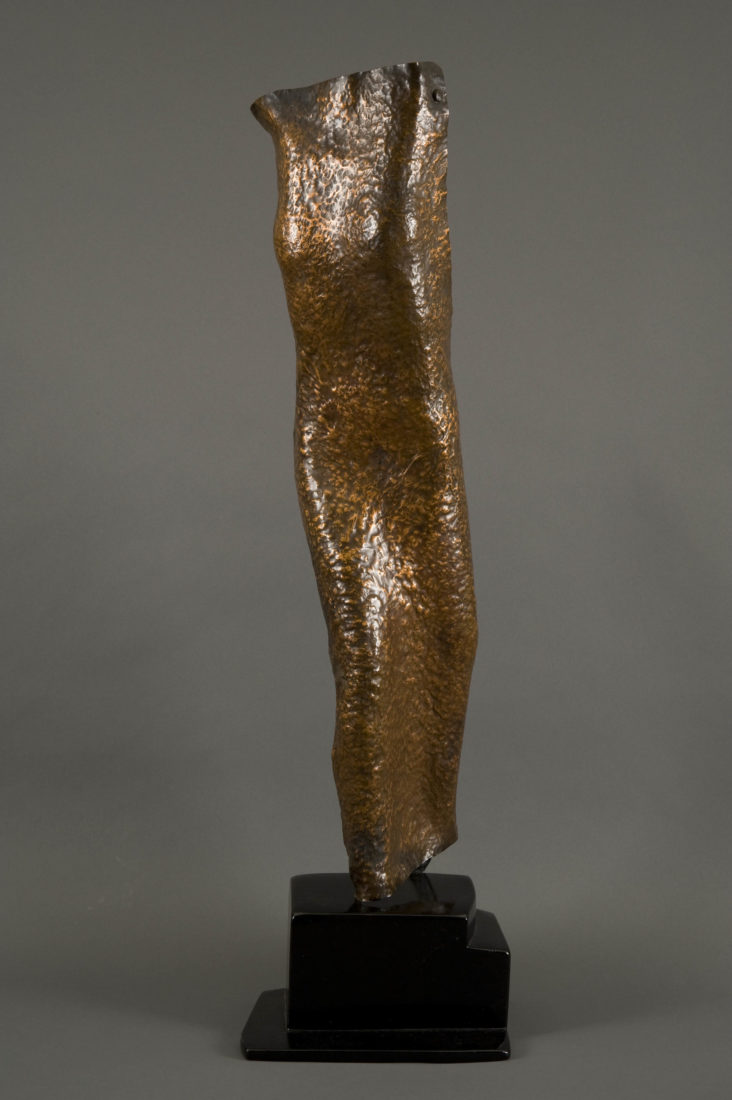For More Information
Alice Levi Duncan
Senior Director
aduncan@gpgalleryny.com
Saul Baizerman was born in Vitebsk, Russia (the same town as Chagall and Lissitzky) where his father was a harness maker. After a brief apprenticeship in Odessa to two painter-craftsmen he was capable of producing his first sculpture at the age of 13- a clay bust of his father. His revolutionary tendencies culminated in his arrest at the age of 16 and imprisonment in Siberia in 1905. Baizerman escaped and was able to flee to the United States, where he settled in 1910. The artist attended the National Academy of Design, the Beaux-Arts Institute of Design and worked with the academic sculptor Solon Borglum.
Saul Baizerman was introduced to direct metal sculpture while studying in Paris in 1925, when he encountered the work of Pablo Gargallo and Julio Gonzalez – “contemporary sculptors who worked directly with their materials by hammering, cutting and soldering metal.”[1] After returning to New York, he decided on a technique of beating sheets of copper from both the front and back to produce beautiful figurative forms. The resulting sculpture gave an impression of substantial mass, although hollow and made of thin metal. This technique also enabled Baizerman to capture the feeling of endless movement by creating gently rolling rhythms, similar to those found in the natural landscape.
Baizerman’s technique was arduous and often painful. He hammered at copper sheets so hard that he was often knocked to the ground by the rebound of his hammer blow. The constant hammering and banging of metal on metal damaged the fine motor control of his hands and impaired his hearing, while the exposure to the poisonous oxides from soldering metal eventually led to his fatal cancer. Baizerman felt this to be an essential art of his creative process: “How do I know when a work is finished? When I am weak and it is strong, the work is finished.”[2]
[1] Melissa Dabakis and David Finn, Vision of Harmony: The Sculpture of Saul Baizerman (Redding Ridge, CT: Black Swan Books Ltd., 1989), 11.
[2] Herbert F. Johnson Museum, Cornell University online: <http://www.museum.cornell.edu/HFJ/handbook/hb196.html>





